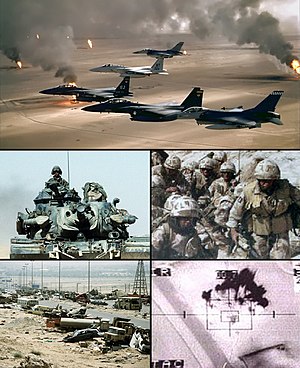 Image via Wikipedia
Image via WikipediaFamilies grateful for ShelterBox Solution in Japan
According to OCHA (United Nations Office for the Coordination of Humanitarian Affairs) more than 24,000 people are feared dead or missing and more than a quarter of a million people are still living in evacuation centres. Large aftershocks continue to strike off Japan’s coast and this, alongside heavy snowfall, freezing temperatures and a severe lack of fuel is creating huge challenges for the aid effort.
‘Carbon Nation’ takes effervescent look at climate change
While filmmaker Peter Byck set out to make a non-partisan film about climate-change solutions, the sudden uproar of world events – earthquakes, tsunamis, radiation-spewing nuclear reactors and oil-rich Middle East countries embroiled in civil unrest – has again thrown the industrialized world’s reliance on fossil fuels into menacing, divisive context.Carbon Nation was shot, edited and in the can before the Pacific Ocean suddenly drowned the water pumps at the Fukushima nuclear power plant.
Byck and his crew inteviewed over 200 people, including Denis Hayes (Earth Day founder), David Hone (Climate Change advisor for Shell), Thomas Friedman (New York Times Foreign Affairs columnist), and Bernie Karl (Geothermal pioneer).
While they may differ politically, they share one profound, game-changing idea: Wind, solar, and geothermal energy are cheaper, safer, and more efficient than carbon-based fuels like coal and oil. It's just plain better business.
Out of options
Why had the cooling system’s backup generators been installed in a way that left them vulnerable to the tsunami? Why did the reactors use a cost-saving containment vessel whose disaster-worthiness had been repeatedly questioned by scientists? Why had the pool of spent fuel rods overheated?
For those taking a longer view, however, there is a larger question looming over the disaster: Why was Japan, a nation at high risk for earthquakes and natural disasters, using a type of reactor that needed such active cooling to stay safe? And the answer to that doesn’t lie with Japan, or the way the plant was built. The problem lies deeper, and concerns the entire nuclear industry.
Notorious image cited in Commons as former soldier warns of brutality of war
Hopkins gave a vivid account of how soldiers kill:During my basic training in the army I realised that a sergeant shouting at me to stab and scream and stab again a bail of hay with a fixed bayonet was teaching me how to rip somebody apart. A few years later I saw the remains of an IRA terrorist unit which had been ambushed by an SAS unit. The remains were shredded by the hundreds of bullets that had gone through their bodies.Hopkins then mentioned the notorious image from the first Gulf war in 1991:
A friend of mine, following the first Gulf war, showed me pictures he took of the convoy attempting to escape back up to Iraq. One of the pictures was a charred, black head and a desperate hand – black and maimed – trying to leave the vehicle.
There is nothing glorious in war, there is nothing romantic about it. I would say to some members of media who have portrayed some form of entertainment about what is going on and what has gone on in previous wars – it is is just not right. I am afraid that human beings need to commit brutal, savage attacks on each other to win wars.
Fracking Fluids "Glow" With Radiation
The discovery of high levels of radiation in hydraulic fracturing fluids used in the Marcellus Shale formation has spurred state and federal officials to look more closely at fracking operations.
By most accounts 20 percent of up to four million gallons of water and chemicals used to fracture the shale, returns to the surface at the wellhead. There it is stored for use in other wells, or it is disposed of. Of 179 gas wells tested in Pennsylvania, 64 percent contained high levels of radiation. Public water suppliers in the state are beginning to test their supplies for radiation and one state legislator is calling for all public water supplies to be tested, while another is renewing a call for a moratorium on fracking.
Meanwhile, the Environmental Protection Agency is going after data from both the state and the frackers to try to understand the potential extent of the overall contamination.
Read one report about this, here.
Radiation-fracking link sparks swift reactions
In a statement issued Thursday, the Pennsylvania Environmental Council, one of the most mainstream of the state's environmental organizations, called on Mr. Corbett to drop plans to open more of the state's forests and parks to Marcellus gas drilling.









No comments:
Post a Comment